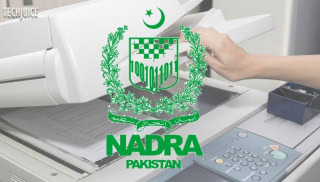With the emergence of technology, everything is modifying and changing very rapidly. Precision Neuroscience is building a modern alternative that’s significantly superior and much less invasive to install.
Sometimes it becomes challenging for doctors to figure out what’s happening in their minds.EEG or MRI from outside is needed. Implanted electrodes have been used for this purpose for the last several years. At the same time, arrays of them in formation are typically used to collect data from multiple points.
The information gathered is too low for the patient to say, control prosthetic limbs, or move a cursor on the screen.
Precision Neuroscience plans to solve the problem with one practical innovation- an ultrathin electrode array that doesn’t need to pierce the brain.
“This has been his life’s work,” said Michael Mager, Precision CEO. “His view has always been that you need high electrode density even for basic functionality. And the tech has to be deployable in a minimally invasive way with no damage to the brain. We hope to scale to tens of thousands of electrodes-and you can’t just keep penetrating more and more tissue”.
They have developed a seven-layer array, whereas the cortex has six layers. An 8th layer is more significant than a thumbnail but has 1,024 microelectrodes. It produces a density of 100s of times better than everyday use.
They’re specifically designed to be used in an array, mainly tiling across a brain region. Each variety is capable of providing a fast, accurate picture of the activity of the cortical areas it covers.
It has impressive specifications, but the most crucial part is that the interface can be implanted without a craniotomy.
On the other hand, the super thin film-based layer seven can be inserted through a small incision in the skull.
Still, it’s brain surgery, but it is much less invasive and might not even call for general anesthesia. It would fasten to an external control unit, but the device’s specifications and dimensions would change depending on several factors.
People need the benefit of high technology because people with existing neural problems are the populations who stand to benefit most from a technology like this.
“There are tens of millions of people in the U.S. alone who suffer from stroke, TBI traumatic Brain Injury, degenerative diseases. But for those patients, there are no medical solutions we can offer now beyond physical therapy, ” stated Mager.
“There are two broad use cases,” explained chief product officer Craig Mermel. Stimulation of the brain and a two-way interface is one of them. What we are doing that has backing from research is more on the ‘recode and decode’ side, using it to read info from people with epilepsy or stroke. And translate intent into motor or speech output”.
Read more:
NUST Displays Assistive Technologies At Technology For Inclusion Summit
Deep Dive: What is a Neural Network?













